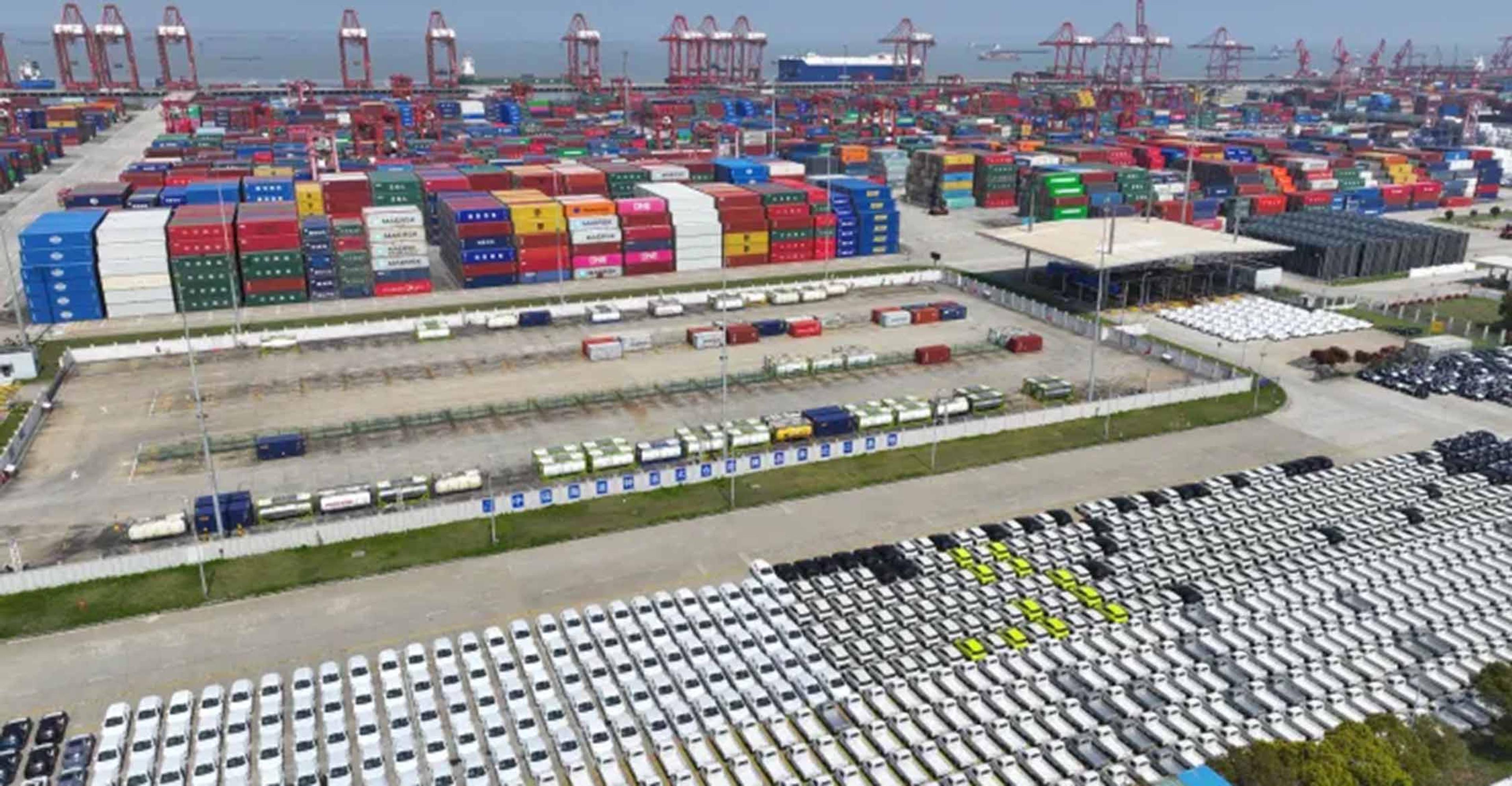Imports from China to the U.S. are rising at the fastest rate since last fall

CNBC
4/10/2024
Lori Ann LaRocco
Inflation is on the rise again, but it isn’t the only economic indicator rebounding. Imports coming to the U.S. from China are experiencing a notable increase, according to new trade and logistics data.
The rise in import containers originating from China to the U.S. started after the reopening of manufacturing plants that closed during the Lunar New Year celebrations. According to the Global Port Tracker report released by the National Retail Federation and Hackett Associates, inbound cargo volume at the nation’s major container ports is expected to top two million units by May for the first time since last fall, as imports grow despite new supply chain challenges.
The first half of 2024 is expected to total 11.7 million TEUs (twenty-foot equivalent units), an increase of 11% from the same period last year. In 2023, imports were down from 2022 by almost 13%, totaling 22.3 million TEUs.
The trade data is a forward-looking indicator of a strong consumer-based economy, based on freight transit orders placed by U.S. retailers and manufacturers.
U.S. imports are continuing to increase despite multiple supply chain disruptions impacting U.S. ports, noted John Gold, NRF vice president for supply chain and customs policy. Retailers have adjusted to limits on the use of the Panama Canal resulting from drought conditions, the Red Sea attack trade diversions, and most recently, the shutdown of the Port of Baltimore to vessel traffic, which could remain closed for at least weeks more.
Paul Brashier, vice president of drayage and intermodal for ITS Logistics, tells CNBC that into April and May, new ports (primarily NY/NJ & Norfolk) will become the North American entry point for Baltimore freight. It is tracking spikes in demand for services in Norfolk and New York/New Jersey as more shippers look for assistance in moving their containers because of the Baltimore accident.
“This will increase congestion and challenge operations at these locations, and this unplanned increase in demand will drive dray trucking rates upward. Long-term effects could be further migration of transpacific freight to West Coast North American ports from the U.S. East Coast,” he said.
For rail-bound containers, ITS Logistics’ US Port/ Railroad Freight Index is raising its warning in both drayage operations on the West Coast and rail ramps to “elevated” due to the increase in eastbound freight coming into the Ports of Los Angeles and Long Beach. The combination of the increase in containers versus the amount of rail chassis available to move the containers is off balance, creating a lag in the movement of containers.



